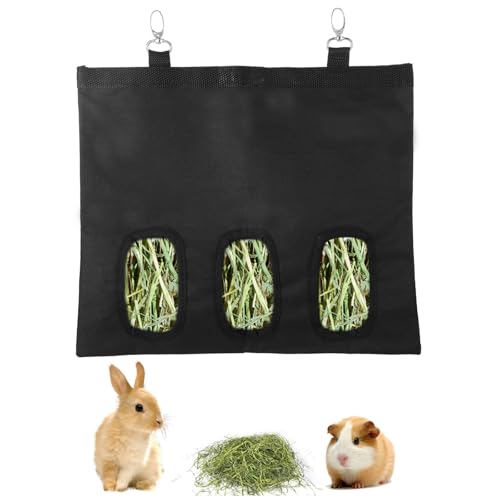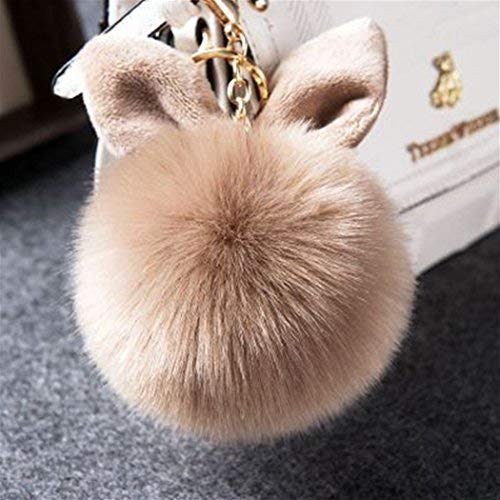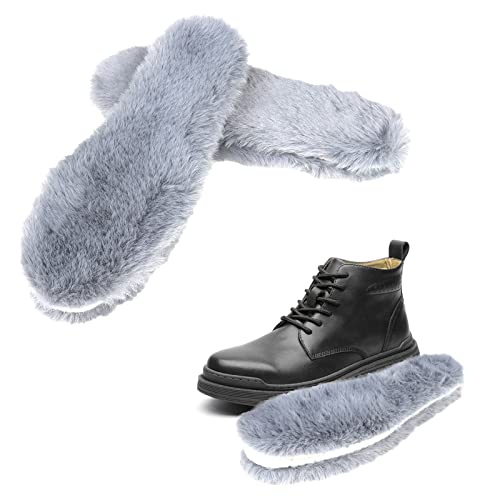I would think 5 weeks would be fine, 5-6 weeks is when I usually re-breed. Maybe you just hit her on her off days. Watch the color - it should deepen - and see how she behaves. Every individual is a little different.Vent checked. It's pink but I wouldn't say dark pink yet. I'll be keeping an eye on that though. I can give her greens. Have a fresh batch growing right now and some still in the garden.
I'd love to try giving them outside access. Unfortunately we have so many wild bunnies I hesitate to do that because of disease transmission.
I haven't seen any mounting from her kits yet. They are 5 weeks old. Was going for weaning them at 6 weeks giving her a few weeks off before the next litter. I'll still move forward with weaning at 6 weeks either way.
I had no idea a car ride could work on rabbits. We use that trick on hogs.
Thank you for the tips. Seems no matter how I do this I can't get the two does bred together.
Yeah, the disease and parasite thing - that's one of the consolations of raising livestock and gardens in AK. Not as many nasties can survive the winters here (sometimes I almost agree with them...). When I get disgusted with fur mites, or with slugs, I remember what it was like in California and its gazillion pests and I feel better.
Except in spring, when everyone's hormones are running high, I've certainly found that my does are more likely to refuse the buck if I let them go too long without babies. I don't re-breed on a commercial schedule (3-4 weeks post-kindling), but if I let them go more than about 8-10 weeks, they get harder to re-breed; it takes more effort and convincing. It seems at that point that they're even worse if they still have their offspring in with them. Sometimes I'll leave does in with the dam for months if they're getting along, and I usually leave meat pen bunnies with the dam for 10 weeks. Those are the does I'm mostly likely to have to work at to get bred again. And yes, when I have does that have sat unoccupied for too long, they tend to stop producing, and we usually find they are obscenely f-u-l-l of fat, even though we limit feed.Very interesting. I hadn't heard of this before now. So you don't have issues with too much fat collecting on their repro and not breeding back? Everything I've read says if you don't get them bred back in a timely manner you have increased issues with rebreeding problems.
I've also noticed that my does aren't at all fussy about breeding with offspring or other relatives... Once in a while a doe has an opinion about a particular buck, but mostly mine breed like rabbits.
Rabbits naturally stay in production while they can, and usually re-breed quickly while the season lasts (make hay - and line the nest with it - while the sun shines, right?!). Does are receptive and will often breed again on the day they kindle. Most wild rabbits don't live more than a year or so, and wild does often have 20+ babies in one season. This may or may not be ideal for the doe herself, but it's how it goes in the race against time, predators and disease. Of course domestic rabbits are subsidized and protected, and have been bred for slightly different traits, and everybody's herd is a little different...you get what you breed. Meat breeds were originally selected to reproduce early and often, although I've found that extreme traits disappear pretty quickly without constant selection, so many homestead-type rabbits aren't as productive as lines that are intensively managed. Listening to other folks' experiences can be helpful, but figuring out what gives you the best balance between your rabbits' health and your meat production will come as you gain more experience. Growing pains are, in fact, a pain.
Good luck with the greens - hang in there!

































